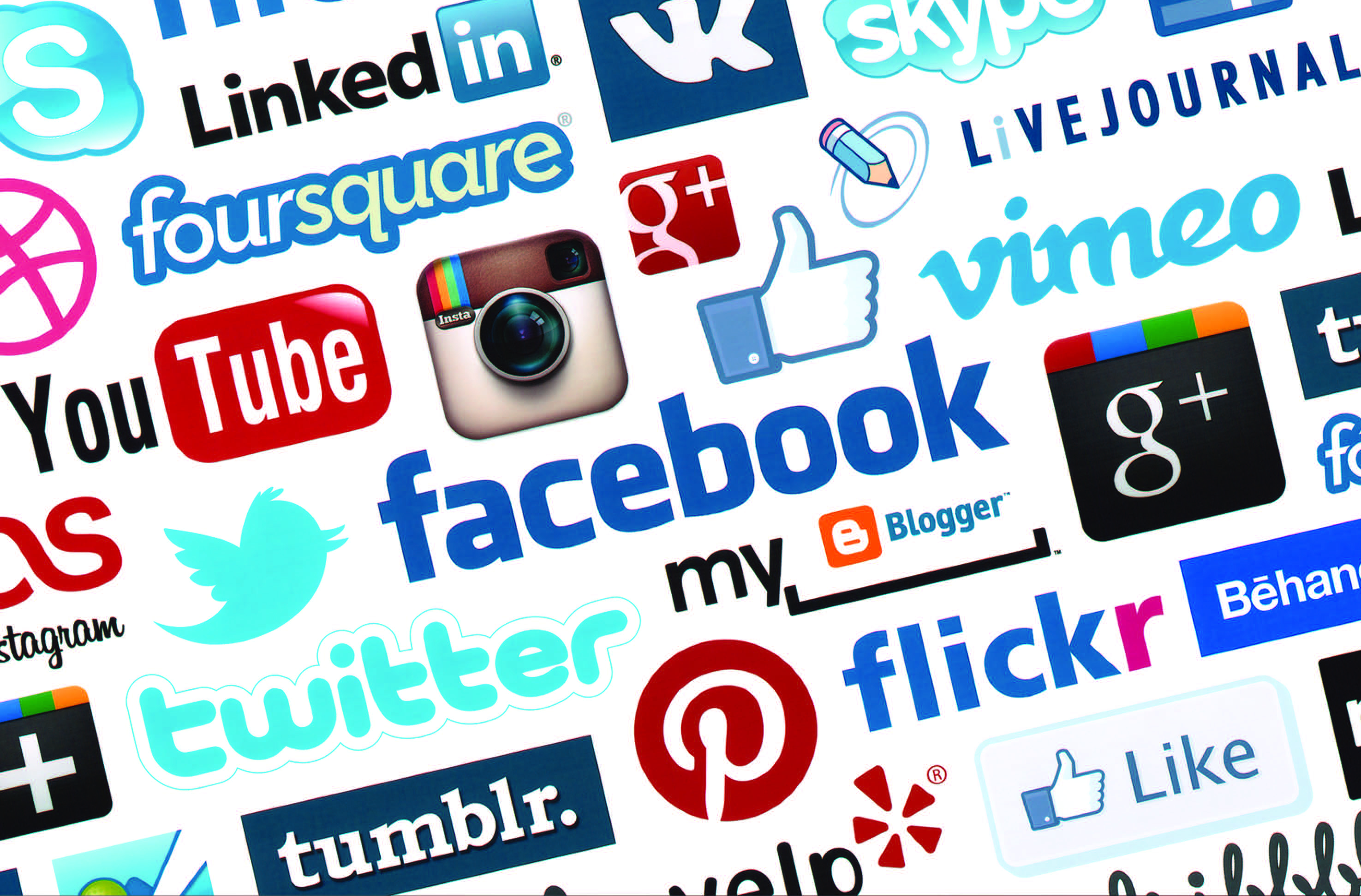
Millennials are regularly criticised for being unable to focus and that their attention span is drastically shorter than their predecessors. Recently, BBC released an article debunking this myth that came to be when credible publishers, Time, The Guardian, and The New York Times, released articles citing a 2015 study done by Microsoft Canada referencing Statistics Brain. Almost every headline published read something along the lines of “Our Attention Span is now Shorter than a Goldfish’s.” This gave more ammunition to the idea that Millennials and Generation Z are failures of all humankind, and it’s naturally, all our fault.
This claim has merit in everyday life if one looks at the rise in social media platforms that model themselves to be quick and easy to absorb. Platforms like the late Vine, which hosted six-second videos—the perfect length to digest a funny punchline or just plain nonsense—and Twitter, with its short, thesis-statement-length format that is rooted in its origin as a text-based service, bolster the notion that the users of these platforms can’t handle longer forms of communication. Not because there is just so much to see and absorb, but because younger people, as the older generations would have everyone believe, are mentally incapable of focusing on one topic for the amount of time it takes to log on to Netflix and to continue on from where you left off with your fourth rewatch of “Jane the Virgin.”
In the article Time published, it reported that the infamous study surveyed 2,000 Canadians over 18 years old, but hooked up only 112 individuals to an electroencephalography (EEG) machine to monitor their brains while the participants used different social media sites. Sites like the ones mentioned previously that are built to be quick snippets of information that take minimal time to absorb and filter, so it’s no wonder their results showed scattered focus throughout their subjects. It’s similar to asking someone to use a vacuum to clean instead of a broom and then reporting that everyone is losing the ability to sweep, it’s absolute nonsense. That’s not news—that’s proof that time is a commodity that people don’t want to waste.
If this test was done with a group of people who read the town newspaper every morning as their main source of information and the results showed that the majority of people who read the newspaper skip at least one section, the next day’s paper would read “Newspaper is Dying: it just Takes too Long to Read.” Millennials’ attention spans are not getting shorter, the “newspaper” has just gotten much bigger; and yet, everyone fails to mention this fact when talking about how information is shared. When the study was conducted, Twitter, Facebook, Instagram, Snapchat, and Vine were major sources of content for anyone with a WiFi connection. With five sources of fast media transfer for anyone to access, it’s no surprise that users filter through it all at breakneck speed. Add that those platforms were not simply comic strips and political news as was their media predecessor—the newspaper—but also a place to see photos of family vacations, posts from friends’ sharing their lives, and an easy way to stay connected with celebrities, it would be unrealistic to expect users to focus on only the celebrity news as they scroll through the melting pot of their timeline or feed. No one expects Millennials to do exactly that but the notion that attention spans are getting shorter seems to suggest just that.The brain has to be able to differentiate between subjects which is not a bad attribute for the masses to have—if that culminates itself in an EEG scan showing signs of a shortening attention span, I will proudly wear that badge around rather than confusing Trump’s late night tweets as being remotely connected to a friend’s wedding photos.
Except no one needs to wear that badge proudly, because that’s not what’s happening—BBC’s article shows that no one’s attention span is drastically diminishing. It’s even evident in what major forms of entertainment are popular today. Along with Twitter and Facebook, Netflix has revolutionized how Millennials absorb narrative storytelling. Before streaming and DVR, people relied on reruns and scheduled airtime for shows on TV. Due to the fact that people couldn’t be expected to catch every episode of every show that aired on Friday night at 7 pm, sitcoms like “Friends” or “Seinfeld”, didn’t have to be watched chronologically for them to make sense. Throw on any random episode of “Seinfeld” and it will be enjoyable, regardless if it’s from the last season and the viewer has only seen four episodes in total.
Of course narrative shows existed prior to the rise of Netflix, but not in the quantity and popularity that they do now. Shows like “Narcos,” “Stranger Things,” and “Mr. Robot” are the bread-and-butter of today’s television. Not because of their funtime nonlinear antics, but because of the plot driven story with layer upon layer of conflict, character development, and overall excitement to see “what happens next.” Platforms like Netflix and Hulu have helped this shift by giving viewers the chance to see every episode in the proper order on their own time. Binge-watching culture is built on this flexibility, and you can’t watch any of these shows in just eight seconds. Monolithic shows like “Game of Thrones” would not work if every Millennial had that short of an attention span. They would not be able to grasp hold of millions of fans and compel them watch every episode three times and still consider the plot immersive with people losing track every eight seconds.
Time is the real currency that runs the world. If someone is late to the news, they’ve already missed twice as many posts about something much more current and crucial. Social media is built to let people know what’s happening when it fits their time—be it when they wait for the bus or during commercial breaks.
The fact that Millennials and Generation Z are able to traverse the mess that is the internet without getting frustrated is a triumph to the adaptability of humans. This trait is not another phantom crisis for older generations to point as being the cause of “problems x, y, and z” that they must suffer through. The idea of broadening circles of communication has always existed amongst humans, and yet now it’s become thought of as the spawn of crazy child-adults who only care about themselves. Globalization didn’t start with the people who are now in their mid-thirties. They just made it more entertaining, accessible, and easier to absorb, no matter the amount of downtime anyone has.
This article originally appeared in the print edition of our December 2017, issue.




